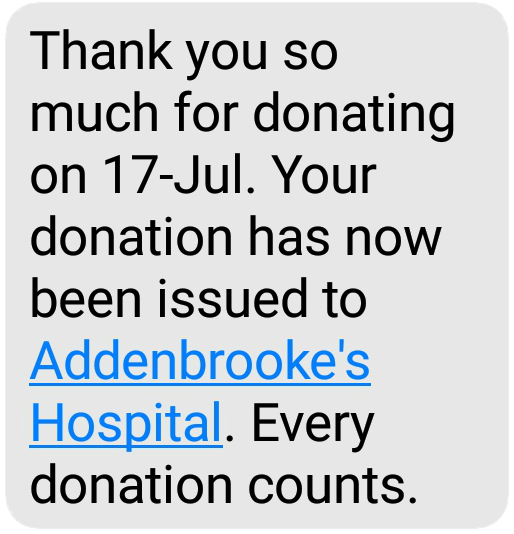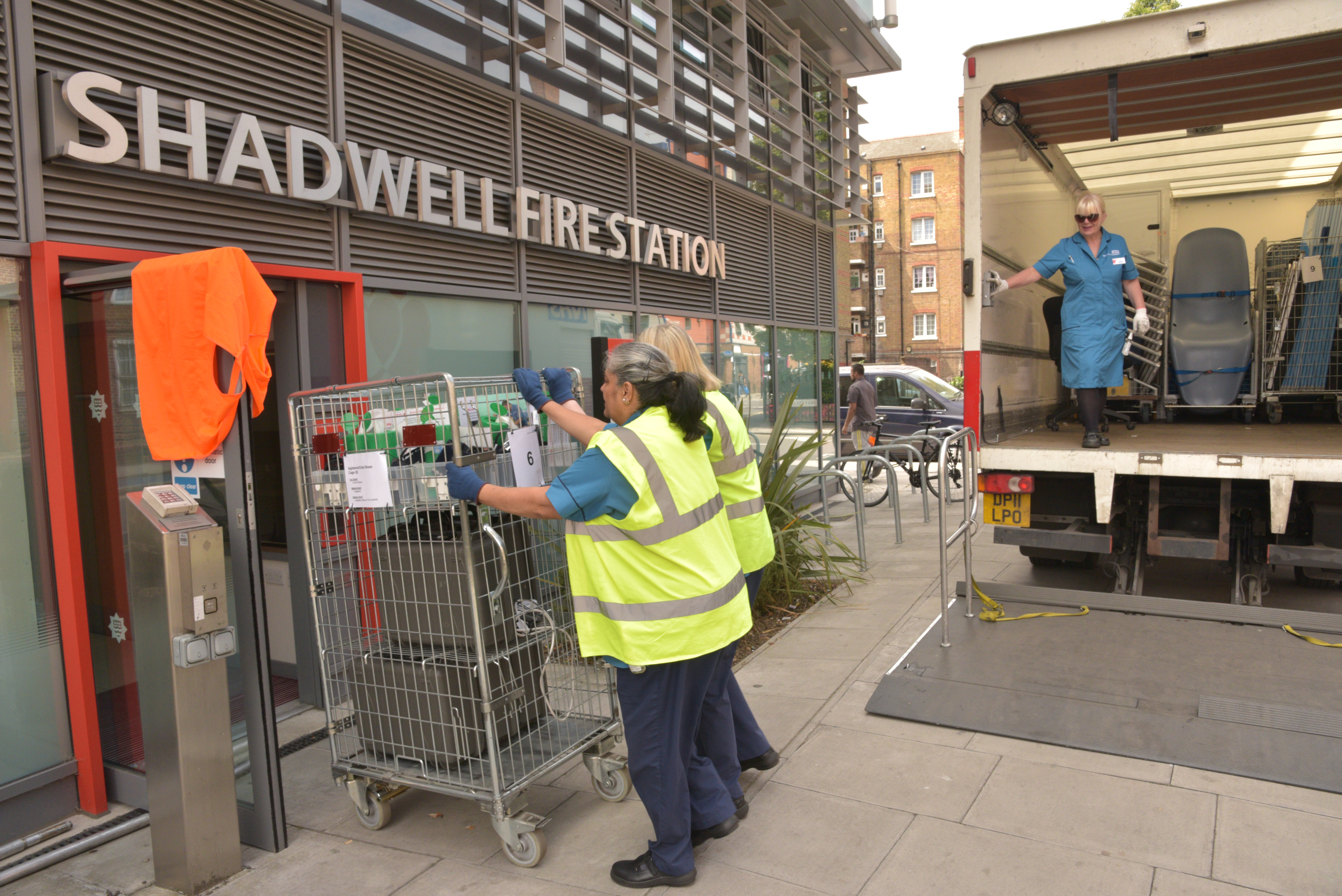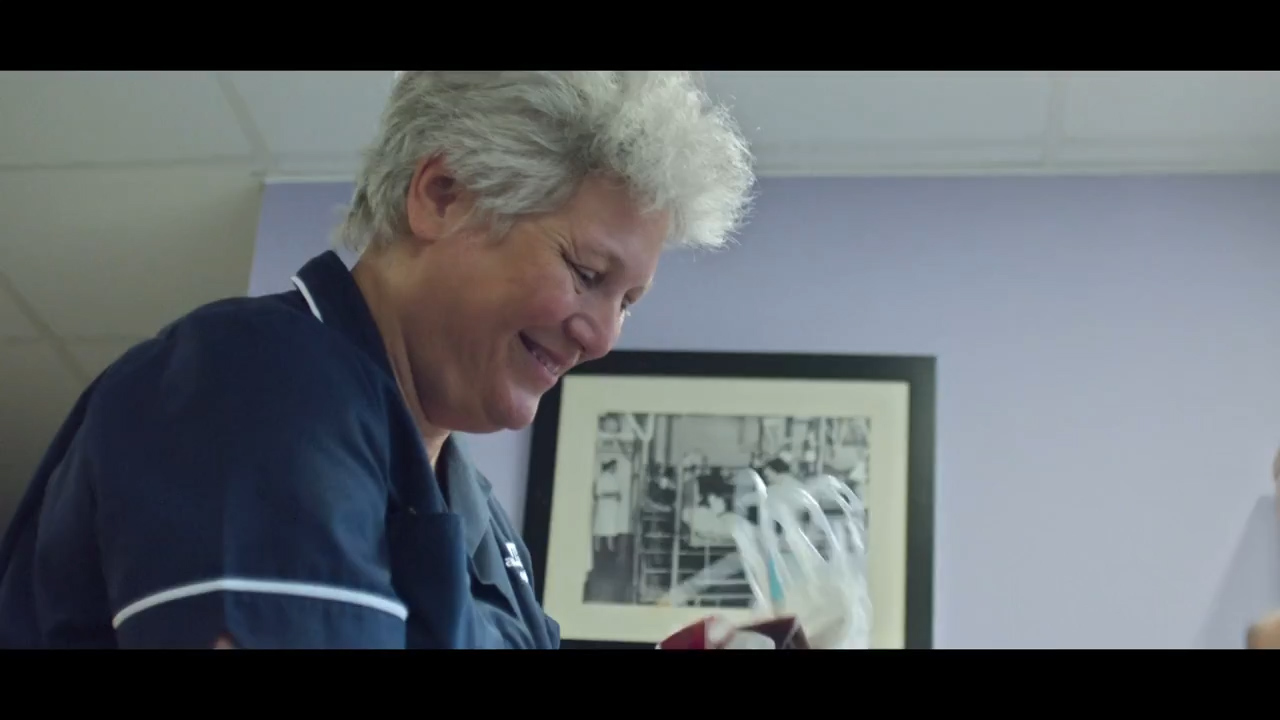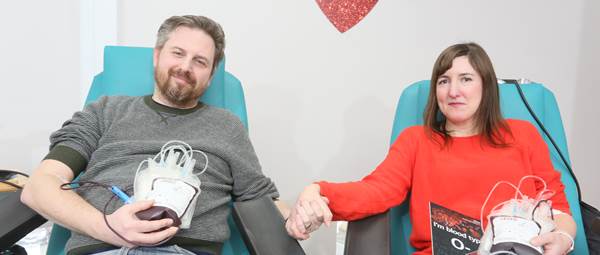The journey of blood – before the session
 Blood donation in its simplest form is a beautiful thing: people take time out of their day to give blood for patients who need it.
Blood donation in its simplest form is a beautiful thing: people take time out of their day to give blood for patients who need it.
In reality, though, it’s far more complex.
The journey starts even before any of your blood is taken. It involves teams of people, fleets of vehicles and some fascinating science.
It ends when the patient receives your blood, and you get a text message you might recognise...
So, if you want to find out more about how your blood makes the journey to save lives, join us in this series where we’ll be taking a look at each stage.
To kick things off, we have three colleagues who all help to make donation sessions happen.
Diana, from Planning in Tooting
Around 70 per cent of the 1.5 million units of blood that are donated every year come from mobile sessions – the donation sessions held in church halls and leisure centres, sports clubs, schools and offices, up and down the country, every day.
Our department books these venues and produces the booking grids: the appointment slots that you see on the website and app.
We have three planning teams, based at Birmingham, Sheffield and Tooting, and each office is aligned with one of our three manufacturing sites – but you’ll find out all about manufacturing later!
To meet demand from hospitals, we need 11,500 sessions each year, so aside from our permanent donor centres, we hold sessions at about 1,600 different venues.

Giving blood demands the right environment, so we need to be a little fussy about our venues.
They must meet our rigorous standards and we also aim to find venues with additional facilities, such as donor parking. We aim to use our resources frugally, so we can’t necessarily take on the most expensive options: it can be a delicate balancing act.
We plan up to a year in advance to try and secure our venues, with appointment grids going live as soon as we are able to confirm all of the details. It’s then that you’ll be able to book in a life-saving appointment.
Kat, from Nursing in Sheffield
Nursing in blood donation has a number of unique and varied roles.
Blood donation is a clinical process, which means our nursing staff must show strong clinical leadership and plenty of work has to be done in advance of sessions to make sure they go ahead safely.
Session Sister and Senior Sister Charge Nurses work on frontline blood donation teams and use their clinical experience and knowledge to lead the teams of donor carers – the people who take your blood – to ensure your safety. In hospitals and clinics they also play a vital role in supplying safe blood products to patients.
We’re there for you, and you’re there for patients when they need you
They’re both supported by six Regional Lead Nurses who are responsible for delivering all staff training.
Training is a big part of what we do and there is a lot to be done before sessions are underway. The Nursing and Care Quality team, as well as being responsible for the quality of care you receive, also provide this training, along with research and development.
This led by a Chief Nurse, supported by a Deputy and Regional Matrons.
Area Matrons, meanwhile, have overall responsibility for the experience of donors in their specific areas. They work closely with other departments, including planning and marketing to make sure sessions are going to run smoothly.
All of this nursing expertise and experience is set up to make sure that you are kept healthy and safe by the time you come in to give blood.
We’re there for you, and you’re there for patients when they need you.
Nicola, a Donor Carer in Newcastle
There are a lot of jobs to carry out behind the scenes before any donors come through the door.
We have to ensure that everything needed is available at the session, so, well before it starts, we go to our team base in Newcastle and load everything into cages and onto our van.
At the base, we print off an appointment grid for that day, along with a pack type instruction list (also known as a PATI list).
This gives us the number of appointments booked for that day and the blood group and blood pack requirements for manufacturing, which means we can select the correct number of different blood packs to take to the session.
We also check how many consumables will be needed for that day’s session: items such as swabs, plasters, copper sulphate for haemoglobin testing and different sharps bins used for disposing of needles, etc. and chemical waste.
We order these from Warrington once a week.
Then there’s the equipment. It all has to be maintained, calibrated and cleaned.
There are the donation chairs and arm rests, the agitating scales that weigh the blood bag whilst a donor is donating, the heat sealers we use to cut off the needles, and the printer and motherboard which are needed for printing off DHCs and linking outcomes of donations.
Of course, we can’t forget refreshments and snacks for donors.
We know how important the biscuits are!
At the session
 After everything is set up, donors start coming in. Our senior sister, Sylvia, tells us how her typical day looks like and what she enjoys the most about her work at the front line.
After everything is set up, donors start coming in. Our senior sister, Sylvia, tells us how her typical day looks like and what she enjoys the most about her work at the front line.
Find out more about what happens at the session.

